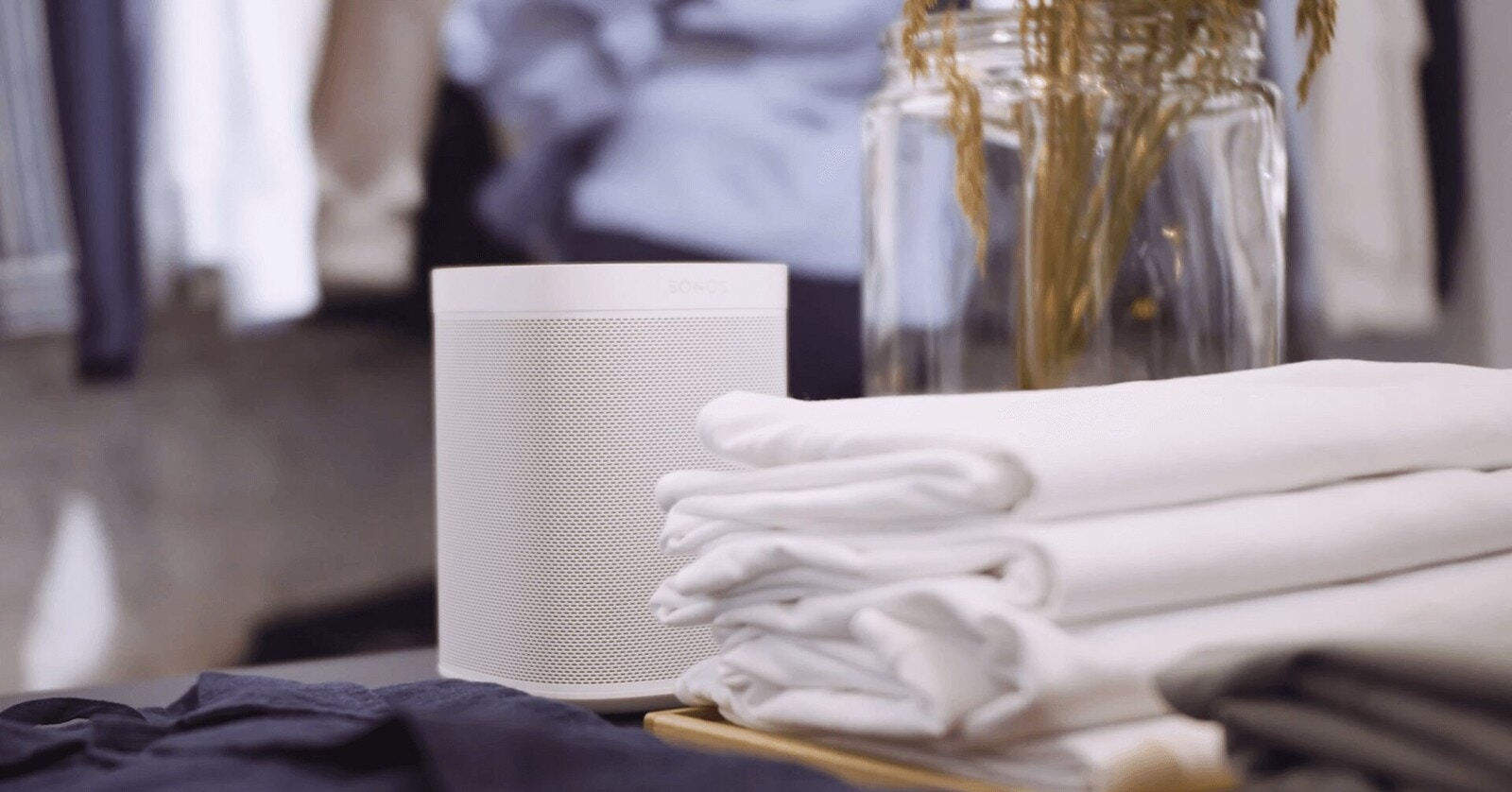Guide
Better music, your new KPI? Sound strategies how to improve your office culture

Our Insights piece on the science behind music at work, and how a better music strategy can be a massive plus for your employees’ wellbeing
Posted on February 22, 2022
The music we listen to at home isn’t the same as what you listen to at work. Something that’s fast and energetic might be the perfect white noise for someone knocking out a few tasks, but distracting for others.
In both work and personal scenarios though, we listen to music and playlists to feel a certain way, to focus, tune in and get amped up.
Recent research into music’s impact on health and the workplace found that a massive 79% of employees surveyed would benefit from listening to music at work (The Sound of Productivity, by Dr. Anneli Haake).
And especially now with so many people working from home or in co-working spaces and non-traditional office environments, that design and curation is important to look at carefully to promote employee wellbeing. It’s key to how to improve your office culture, making sure everyone’s doing work they love, that there’s healthy boundaries set around professional and private spaces.
Music at work, responsibility and productivity
There’s a lot of research out there about the relationship between productivity and music. Yes, well-chosen music can promote that, and yes, there’s data.
But too often that kind of research comes from a time before efforts around employee wellbeing and duty of care were what they are today. And today’s music streaming services aren’t offering bland, stripped down elevator music from the same dull formula, but instead they’re a way of playing real music, by real artists, that you really like.
Dr Haake uses a term called “subjective wellbeing” to refer to the “hedonic properties of music”, and why we choose to listen to what we do. And as it turns out, we’ve been using music throughout history to get through the most disruptive times.
So the music that’s around us or what we play during the day, that needs to be even more carefully designed and curated in today’s world. Getting it right, the science says, reinforces the external and internal strategies we use to self-regulate. It’s more likely we’ll pick up on it more, react to it and appreciate it more, too.
“I think we all long for the human element in everything nowadays,” says Jenny Seth, Music Supervisor at Soundtrack. “Voices, storytelling, and maybe even a shift back to a more organic feel with live instruments after decades of electronic sounds dominating the charts.
But above all, I think people want to get together and listen to music in the company of others, no matter the genre or trend.
Modern work environments, modern solutions
Even the concept of how people get together has changed, and the definition of a working environment isn’t what it was. Co-working spaces, working from home and remote work opportunities are more mainstream than ever. Lots of traditional business locations are now a bit more cross-functional, too. So how do you design for it?
It means factoring in how you combine the design of the space, and encourage different types of interaction across all kinds of diverse demographics. How can you promote social cohesion, the human factor that brings real engagement between the people you work with, and the clients or customers who are there too?
Music has long been a part of that, and there’s loads of relevant research out there from mindfulness-based music listening to regulate emotions during COVID-19, to how music and sound can be a healthy player within healthcare settings.
Having a music policy where you work can be a way to capture and design an environment where people want to work, engage and return to. It’s such a key part of how to improve your office culture. And with the right tools and the right strategy, you can combine all this with brand-optimized music that helps boost sales.
Soundtrack lets you customize control
We wanted to make sure anyone working for a company had access and control over what’s being played, wherever they work. And we also needed to allow extra control for whoever’s responsible for the music policy.
Being forced to listen to music when working can be both annoying and stressful.
That same study showed that, although four in five participants would benefit from listening to music, 38% of employees aren’t even allowed to. When you think about generational differences and that younger people want more demanding music when they’re working, we wanted our products to represent what your employees react well to, just as much as your customers, without restricting the choice of what or how you want to play.
So on the one hand, we made sure you’re not limited to who you invite to a Soundtrack account. Anyone you choose to invite, they can come in, see what’s lined up and control some of the settings. And unlike other streaming services, there’s no such thing as limiting someone’s control if they want to skip a track.
Other controls are more centralized. Whoever’s responsible for your music policy, they’re the ones with control over what’s playing where, and assigning access rights for employees in different locations. It means there’s some level of organization, but not so much micromanagement that it stops other people having a say.
For bigger companies and enterprises, Soundtrack offers more of a tailored service to get this right. There’s assisted onboarding, priority support and a dedicated account manager, which can be perfect if you’re looking at a music strategy to cover 20 or more zones.
Want to learn more?
Book a demo with one of our team to learn more. They’ll fill you in on setting up and assigning different rights for your employees working in different zones, whatever your business.
Related articles

Complete guide to the best sound system setup for your business

Background Music for Retail Stores: 5 Tips to Select the Right Music

How to Legally Play Music in Your Business

Business Music Streaming – How To Choose the Right Service

Best Music Streaming Service for Restaurants

7 Steps to Create the Perfect Background Music for Business